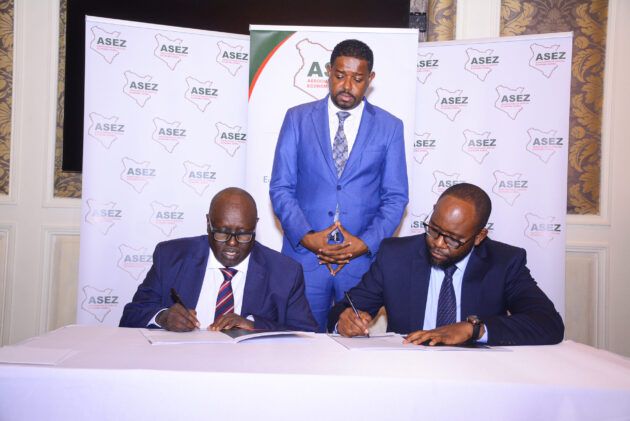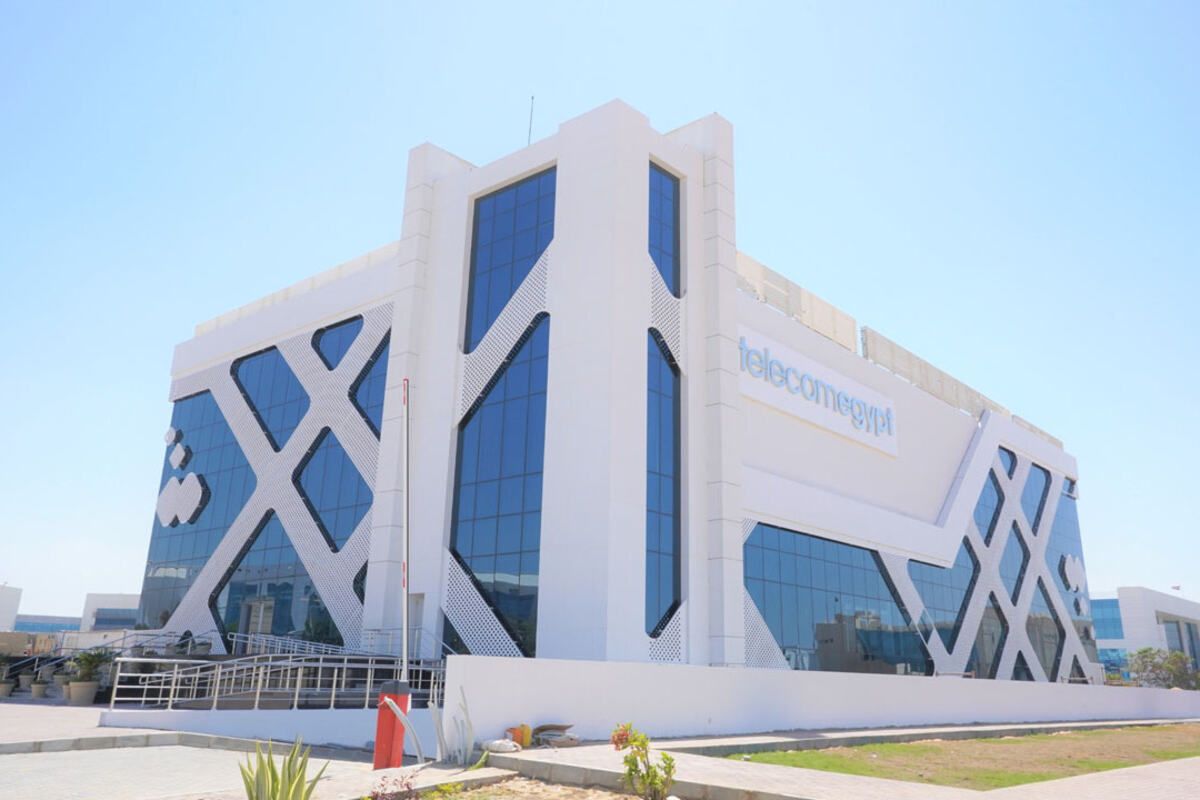Strengthening Economic Zones for Growth
Kenya’s Special Economic Zones (SEZs) have received a significant boost with the recent launch of the Association of Special Economic Zones (ASEZ). This new association is set to play a vital role in attracting both local and international investments, fostering job creation, and promoting economic growth across the country.
ASEZ aims to unite SEZ developers, operators, investors, and service providers, offering a collective platform to advocate for favorable policies, streamlined regulations, and infrastructure development.
ASEZ: A Unified Voice for SEZ Development
The formation of ASEZ brings together key stakeholders from within Kenya’s SEZ ecosystem, providing them with a unified voice to address challenges and push for better policies. Through advocacy efforts, ASEZ seeks to improve regulatory frameworks and enhance infrastructure, ensuring that SEZs remain globally competitive and attractive to investors.
ASEZ Chairman David Langat emphasized the impact of SEZs on Kenya’s broader economy, stating, “As the key driver of industrial growth, manufacturing within SEZs has a ripple effect across the economy, creating jobs for our youth and positioning Kenya as a regional powerhouse.”
Langat further added that the association’s primary mission is to strengthen the SEZ sector and build on its potential to deliver long-term, sustainable growth for the country.
The Role of SEZs in Kenya’s Industrial Growth
Kenya’s Special Economic Zones are designed to spur industrialization, create jobs, and attract investments through various incentives and tax benefits. Businesses operating within SEZs enjoy perks such as VAT zero-rating, exemptions from import and stamp duties, and favorable corporate tax rates—10% for the first 10 years and 15% for the next 10 years.
These benefits have made SEZs attractive hubs for investment and economic activity. Notable SEZs in Kenya include Tatu City, Konza City, and Two Rivers, which have attracted substantial investments and contributed to local economic development.
According to Solomon Mahinda, Vice Chairman of ASEZ, “SEZs are critical to our country’s industrialization efforts, offering fertile ground for investment and job creation.” With ASEZ now established, the association aims to advocate for policies that will unlock the full potential of these economic zones.
ASEZ’s Mission: Creating a Business-Friendly Environment
One of ASEZ’s key priorities is to ensure that SEZs in Kenya operate in a business-friendly and globally competitive environment. By working closely with the government, ASEZ will seek to further develop the SEZ sector and create a landscape where businesses can thrive.
ASEZ members, including SEZ developers, operators, enterprises, and service providers, will have access to favorable investment support and opportunities to collaborate with key government entities. Additionally, the association aims to offer its members access to global best practices, networking opportunities, and trade facilitation, ensuring that Kenyan SEZs are aligned with international standards.
“We are excited to work with the government to further drive growth in this critical sector,” added Langat, highlighting ASEZ’s commitment to ensuring a supportive environment for SEZ businesses.
Fostering Investment and Growth Through ASEZ
Through ASEZ, businesses operating within SEZs will benefit from an environment that promotes investment and collaboration. Members will be able to leverage networking opportunities, connect with relevant stakeholders, and advocate for infrastructure improvements that make SEZs more attractive to both local and foreign investors.
ASEZ’s advocacy will also focus on ensuring that SEZ businesses can easily access the necessary licenses and approvals within the SEZ ecosystem, further streamlining the process of setting up and expanding operations.
Mahinda reiterated the importance of having a collective platform, stating, “With ASEZ, we now have a unified voice to advocate for policies that will unlock the full potential of these zones.”




